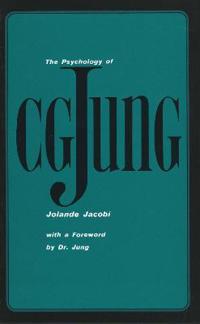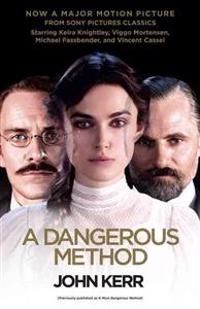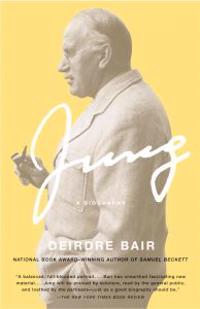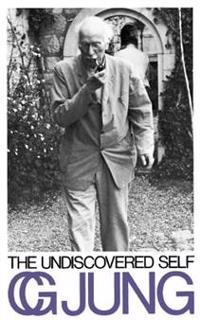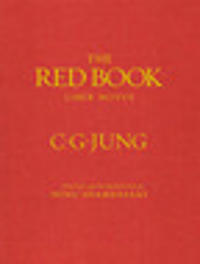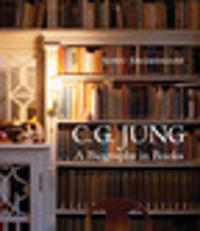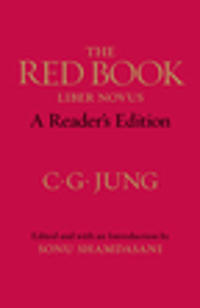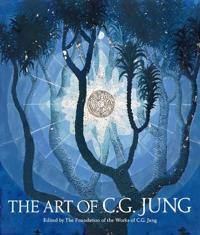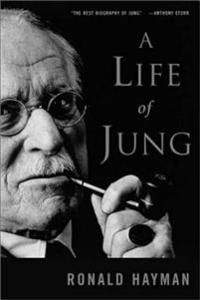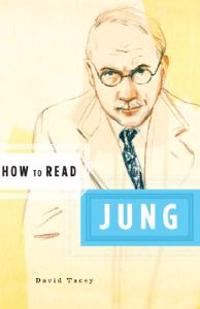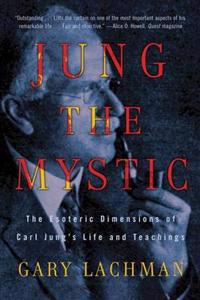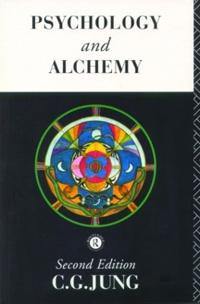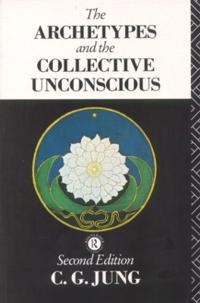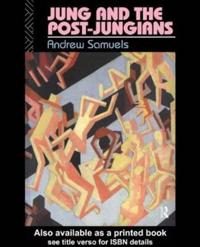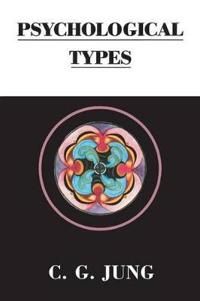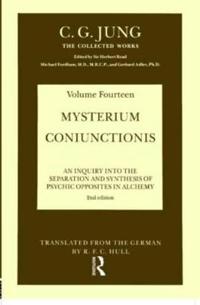The Psychology of C. G. Jung (Häftad)
avJolande Jacobi
ISBN: 9780300016741 - UTGIVEN: 197707Dr. Jung never took time out from his pioneering work in psychology to make a concise presentation of the elements of his psychological theories. Dr. Jacobi's synthesis, which Jung applauds in his Foreword, offers the reader a comprehensive review of the central content of his system by a student an[...]
Empress Dowager CIXI: The Concubine Who Launched Modern China (Övrig)
avJung Chang
ISBN: 9780307456700 - UTGIVEN: 2014-09-09A Dangerous Method: The Story of Jung, Freud, and Sabina Spielrein (Häftad)
avJohn Kerr
ISBN: 9780307950277 - UTGIVEN: 201110Korea Betrayed: Kim Dae Jung and Sunshine (Häftad)
avDonald Kirk
ISBN: 9780312240172 - UTGIVEN: 201012Jung: A Biography (Häftad)
avDeirdre Bair
ISBN: 9780316159388 - UTGIVEN: 2004-11Considers the prestigious thinker's achievements as the founder of analytical psychology, his strained professional relationship with Sigmund Freud, the widespread support for his ideas, and accusations that he was anti-Semitic, a misogynist, and guilty of falsifying data. Reprint. 20,000 first prin[...]
The Undiscovered Self (Häftad)
avCarl Gustav Jung
ISBN: 9780316476942 - UTGIVEN: 1972-03Together for the first time in one paperback volume are two of Jung's major late works, in the version published in The Collected Works of C. G. Jung, as rendered by Jung's official translator. "The Undiscovered Self" (1957) integrates many of Jung's lifelong social and psychological concerns and ad[...]
Jung and Kierkegaard (häftad)
ISBN: 9780367204129 - UTGIVEN: 2019-01Jung and Kierkegaard identifies authenticity, suffering and self-deception as the three key themes that connect the work of Carl Jung and Soren Kierkegaard. There is, in the thinking of these pioneering psychologists of the human condition, a fundamental belief in the healing potential of a religiou[...]
The Red Book (Inbunden)
avCarl Jung
ISBN: 9780393065671 - UTGIVEN: 200910When Carl Jung embarked on the extended self-exploration he called his 'confrontation with the unconscious', the heart of it was "The Red Book", a large, illuminated volume he created between 1914 and 1930. Here he developed his principal theories - of the archetypes, the collective unconscious and [...]
C. G. Jung (Inbunden)
avSonu Shamdasani
ISBN: 9780393073676 - UTGIVEN: 201204In 1912, C. G. Jung wrote, Should it happen that all traditions in the world were cut off with a single blow, the whole mythology and history of religion would start over again with the succeeding generation. With this, Jung gave new understanding to the concept of world literature: that the history[...]
The Red Book: A Reader's Edition (Inbunden)
avC. G. Jung, Sonu Shamdasani
ISBN: 9780393089080 - UTGIVEN: 201212The Red Book, published to wide acclaim in 2009, contains the nucleus of C. G. Jung s later works. It was here that he developed his principal theories of the archetypes, the collective unconscious, and the process of individuation that would transform psychotherapy from treatment of the sick into a[...]
The Art of C. G. Jung
ISBN: 9780393254877 - UTGIVEN: 2018-11The landmark publication of C.G. Jung's The Red Book spurred enormous interest in Jung-not just as a founding figure in modern psychology but also as a creative man with tremendous figurative and ornamental flair and a vibrant eye for colour. Expanding beyond that singular achievement, The Art of C.[...]
A Life of Jung (häftad)
ISBN: 9780393323221 - UTGIVEN: 2002-06Carl Jung was one of the world's most influential psychoanalysts. With the exception of Freud, who chose him as the first president of the International Psychoanalytic Association, no psychologist has achieved more. Previous biographers have either made Jung an idol or condemned him for his failings[...]
How to Read Jung (Pocket)
avDavid J. Tacey
ISBN: 9780393329537 - UTGIVEN: 2007-01The How to Read series provides a context and an explanation that will facilitate and enrich your understanding of texts vital to the canon. These books use excerpts from the major texts to explain essential topics, such as C. G. Jung's dynamic vision of the self, pitted against an ailing Western ci[...]
Jung the Mystic (Pocket)
avGary Lachman
ISBN: 9780399161995 - UTGIVEN: 201212Now in paperback, this bold new biography fills a gap in our understanding of the pioneering psychologist by focusing on the occult and mystical aspects of Jung's thought and career.
"Outstanding . . . lifts the curtain on one of the most important aspects of his remarkable life . . . fair and o[...]Psychology and Alchemy (Häftad)
avC. G. Jung
ISBN: 9780415034524 - UTGIVEN: 198012Alchemy is central to Jung's hypothesis of the collective unconscious. In this volume he begins with an outline of the process and aims of psychotherapy, and then moves on to work out the analogies between alchemy, Christian dogma and symbolism and his own understanding of the analytic process. Intr[...]
The Archetypes and the Collective Unconscious (Häftad)
avC. G. Jung
ISBN: 9780415058445 - UTGIVEN: 199106The concept of 'Archteypes' and the hypothesis of 'A Collective Unconscious' are two of Jung's better known and most exciting ideas. In this volume - taken from the Collected Works and appearing in paperback for the first time - Jung describes and elaborates the two concepts. Three essays establish [...]
Jung and the Post-Jungians (Häftad)
avAndrew Samuels
ISBN: 9780415059046 - UTGIVEN: 198604This bestseller is a comprehensive review of the developments which have taken place in Jungian psychology since Jung's death.[...]
Civilization In Transition (Inbunden)
avC. G. Jung
ISBN: 9780415065795 - UTGIVEN: 1964-03-31This volume contains essays bearing on the contemporary scene and, in particular, on the relation of the individual to society.[...]
Psychological Types (Häftad)
avC. G. Jung
ISBN: 9780415071772 - UTGIVEN: 199201Psychological Types is one of Jung's most important and most famous works. First published by Routledge (Kegan Paul) in the early 1920s it appeared after Jung's so-called fallow period, during which he published little, and it is perhaps the first significant book to appear after his own confrontati[...]
Jung On Alchemy (Pocket)
avNathan Schwartz-salant
ISBN: 9780415089692 - UTGIVEN: 1994-12-22Jung was one of the first modern thinkers to realize the importance of alchemical symbolism to men and women today. This volume presents a selection of Jung's writing on alchemy, a concise introduction to its principles and the importance of alchemy in the context of Jung's psychology.[...]
Mysterium Coniunctionis (Inbunden)
avC. G. Jung
ISBN: 9780415091152 - UTGIVEN: 196303Mysterium Coniunctionis was first published in the Collected Works of C.G. Jung in 1963. For this second edition of the work, numerous corrections and revisions have been made in cross-references to other volumes of the Collected Works now available and likewise in the Bibliography. Mysterium Coniun[...]
Letters (Inbunden)
avC. G. Jung
ISBN: 9780415094351 - UTGIVEN: 1973-05In May 1956, in his eighty-second year, Jung first discussed with Gerhard Adler the question of the publication of his letters. Over many years, Jung had often used the medium of letters to communicate his ideas to others and to clarify the interpretation of his work, quite apart from answering peop[...]
The Symbolic Life (Inbunden)
avC. G. Jung
ISBN: 9780415098953 - UTGIVEN: 1977-04-07Originally planned as a brief final volume in the Collected Works, The Symbolic Life has become the most ample volume in the edition, and one of unusual interest.[...]
The Practice Of Psychotherapy (Inbunden)
avC. G. Jung
ISBN: 9780415102346 - UTGIVEN: 1993-09-02"The Practice of Psychotherapy" brings together Jung's essays on general questions of analytic therapy and dream analysis. It also contains his profoundly interesting parallel between the transference phenomena and alchemical processes.[...]


